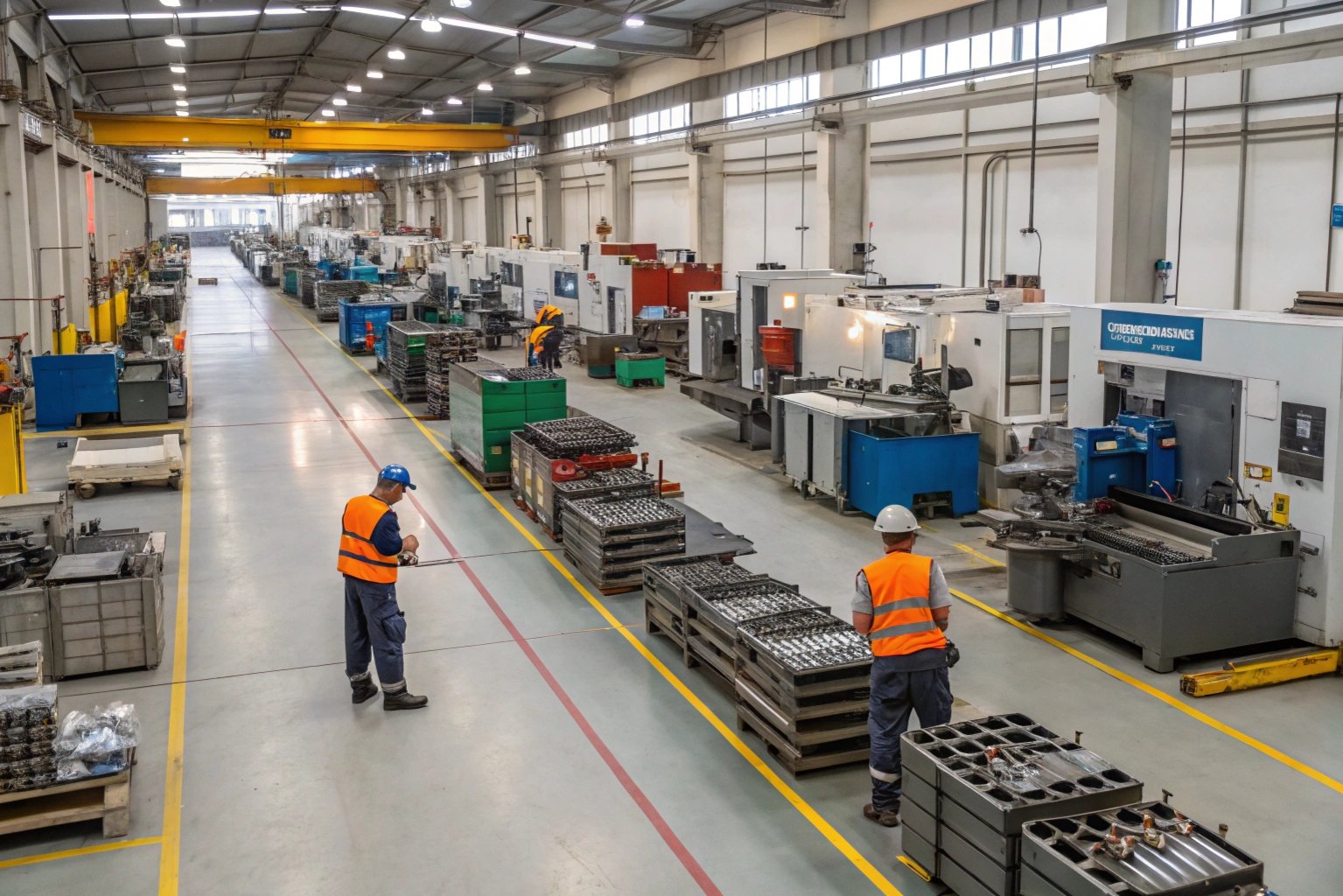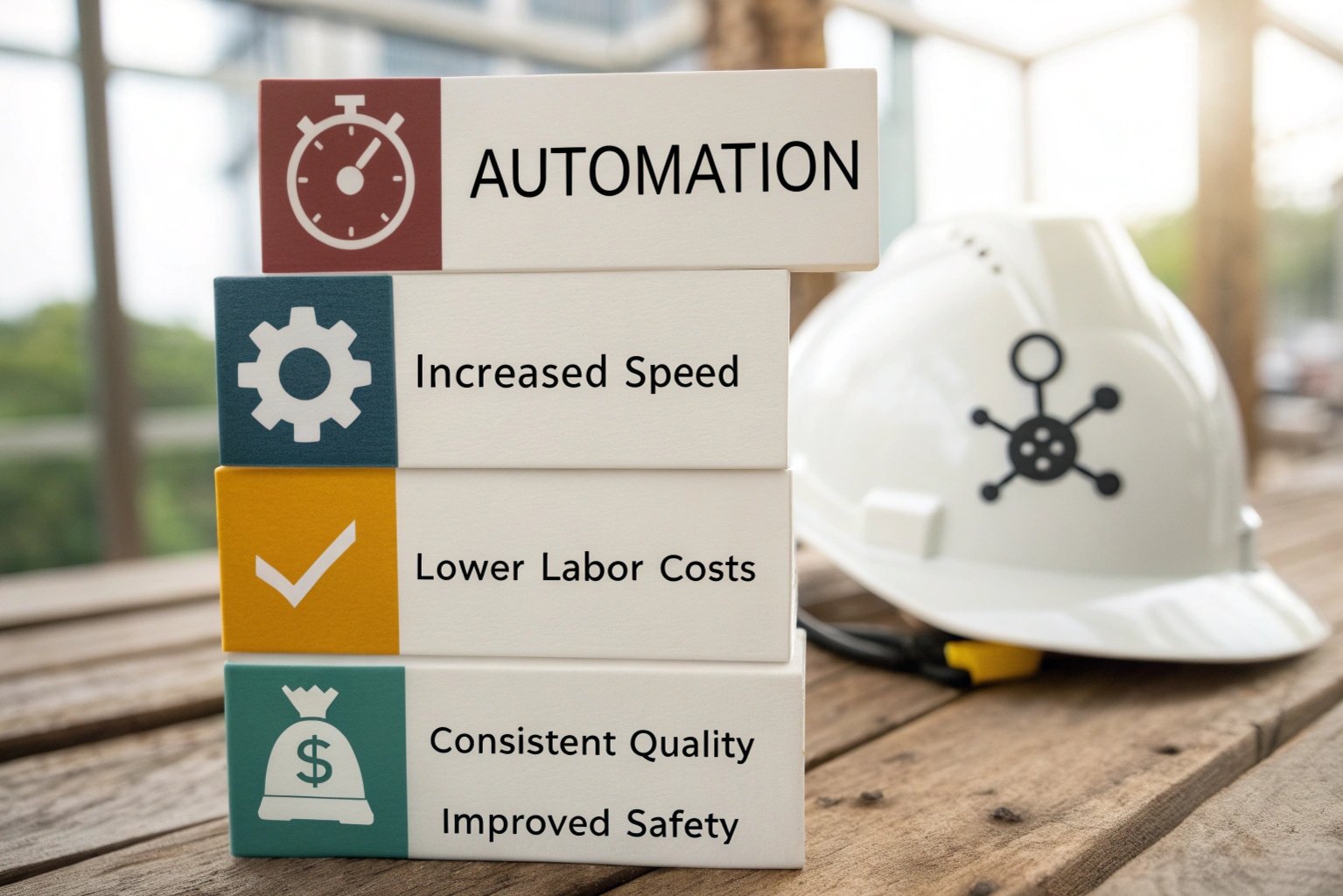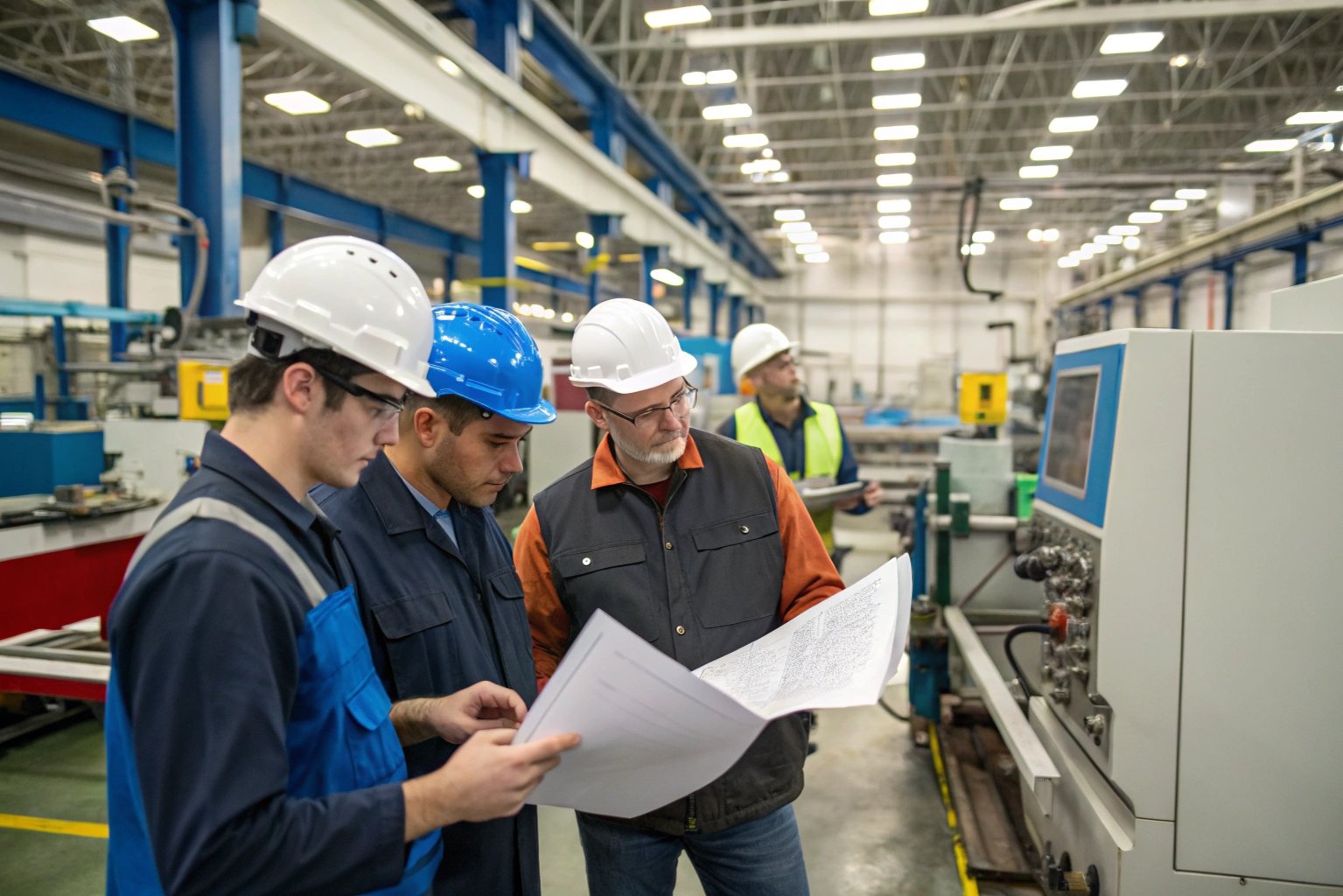Are you struggling to keep up with the demand for plastic slippers? Automation might be the answer. But can it really handle everything?
Fully automating plastic slipper production is a complex goal, but it’s becoming increasingly achievable with advancements in technology. The extent of automation depends on factors like budget, desired output, and product complexity.

So, you might wonder if automation is right for your business. Let’s explore the possibilities and challenges.
Is Full Automation Possible Right Now?
Do you think robots can do it all? The idea of a factory with zero human intervention is intriguing.
While total automation is not yet widespread, many parts of plastic slipper production can be automated. This includes molding, cutting, and even some aspects of packaging.

Think about the process. First, you have the raw material, usually EVA. Then, it goes into a molding machine. These machines can be fully automated. They melt the plastic, inject it into molds, and cool the slippers. After molding, the slippers need to be cut and trimmed. Robots with precise cutting tools can handle this. Finally, there’s packaging. Automated systems can sort, stack, and box the slippers. However, some tasks, like quality control and complex design changes, still often need human eyes and hands. One of our clients, a promotional company, wanted a specific logo placement that required a human touch during the printing process. We ended up combining automated printing with a small team for detailed placement. This hybrid approach gave them the precision they needed while keeping costs down.
What Are the Benefits of Automating?
Are you wondering why companies are investing in automation? The reasons are often quite compelling.
Automation offers several key advantages, including increased production speed, reduced labor costs, and improved consistency in product quality.

Let’s break it down further. With automation, machines can run 24/7. This means you can produce more slippers in less time. Labor costs can be significantly reduced because you need fewer workers. Plus, robots can perform tasks with incredible precision. This leads to fewer errors and more consistent product quality. Also, automation can improve safety. Tasks that are dangerous or repetitive can be handled by machines, reducing the risk of worker injuries. Think of a large retailer we work with. They needed to produce a huge volume of slippers for a summer promotion. Automation allowed us to meet their tight deadline and maintain consistent quality across thousands of pairs. We used automated molding and cutting to keep production on schedule and within budget.
What Are the Challenges to Overcome?
Is it all smooth sailing? Not quite. There are obstacles to consider.
Implementing full automation can be expensive. It requires a significant initial investment in equipment and software. Also, there can be challenges in integrating new technologies with existing processes.

The initial cost is a big hurdle. You’re looking at investing in specialized machinery, robotic arms, and software systems. These systems need to be integrated into your existing factory setup. And this might require changes to your layout and workflow. There’s also the learning curve. Workers need to be trained to operate and maintain the new equipment. And sometimes, things don’t go as planned. You might face unexpected technical issues or integration problems. We encountered this when helping a brand manufacturer automate their EVA slipper line. They had trouble integrating the new molding machines with their existing quality control system. We provided technical support and customized the software to ensure everything worked together smoothly.
Conclusion
Automation is the future, but the future is here. By automating elements of your plastic slipper production, you can improve efficiency and cut costs.

